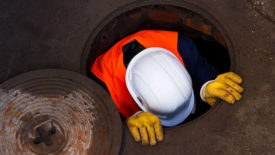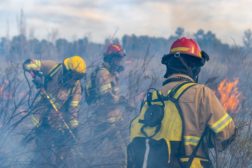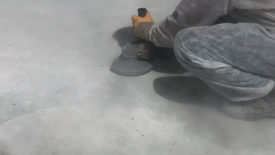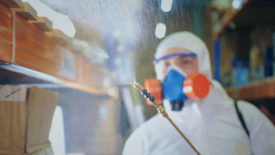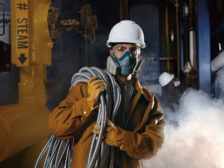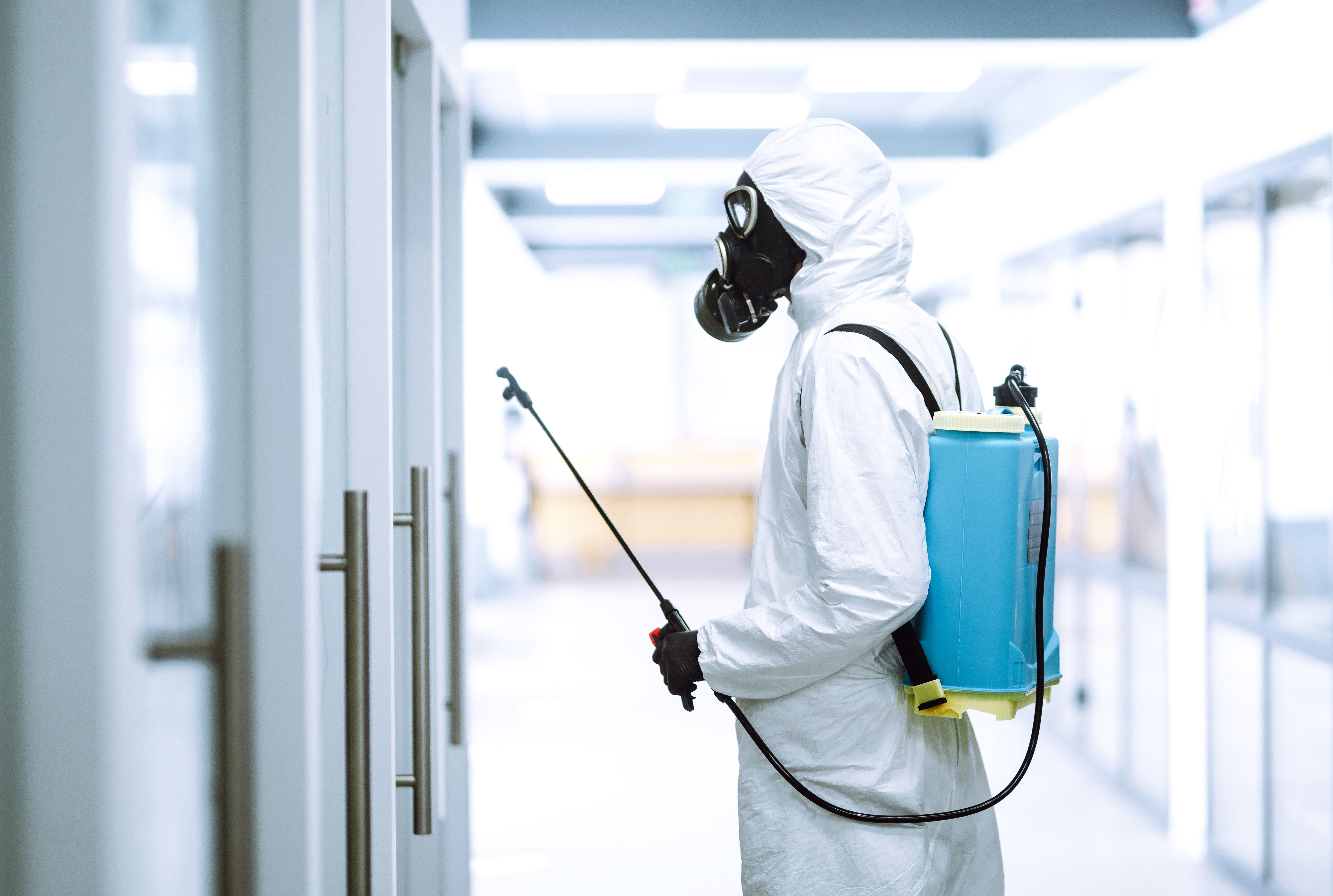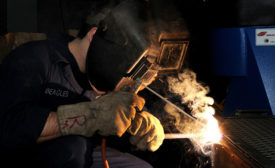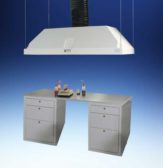Home » Keywords: » ventilation
Items Tagged with 'ventilation'
ARTICLES
Cover Feature
Best practices for using vaporized hydrogen peroxide indoors
September 21, 2022
Never miss the latest news and trends driving the safety industry
eNewsletter | Website | eMagazine
JOIN TODAYCopyright ©2024. All Rights Reserved BNP Media.
Design, CMS, Hosting & Web Development :: ePublishing
